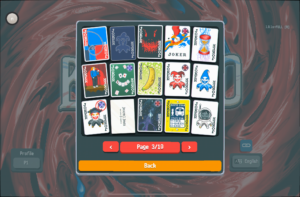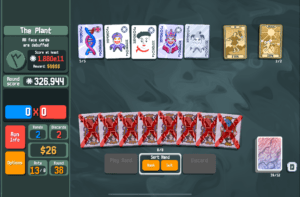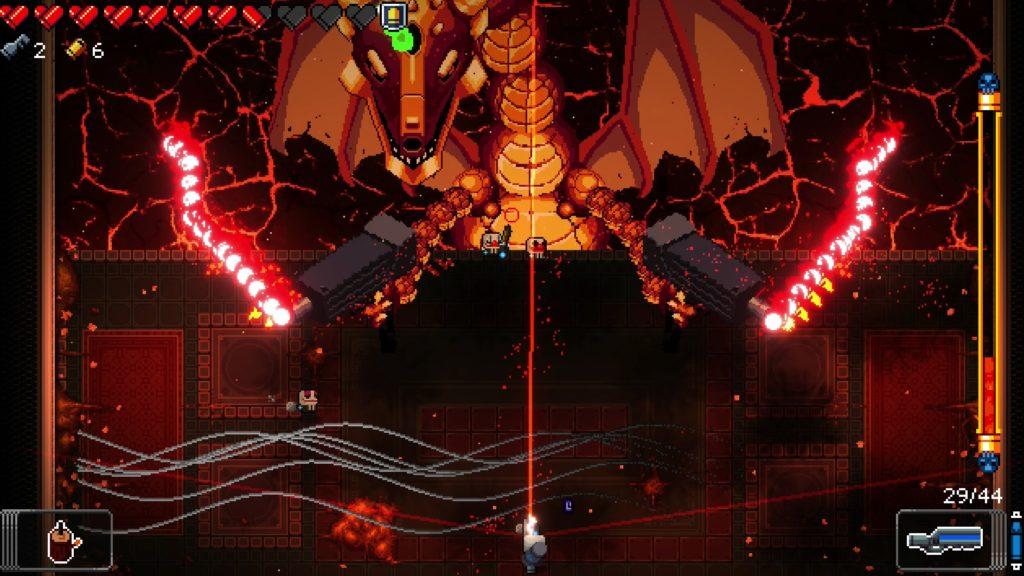
From the perspective of game design, I think the reason why Balatro is so attractive is that it is full of randomness, but at the same time, it gives players the means to control or respond to randomness. This feature is reflected in every loop of the game.
The first loop is the process of drawing and playing cards. The hand is drawn from the card deck randomly, and each draw is a gamble. I need to decide whether to try to draw a better card or use the current card to get a little score. However, as the game progresses, I can adjust the composition of my card deck through Tarot cards and expansion packs, such as making my card deck almost all K , so I control the randomness in my hands.
The second loop is a series of turns. The randomness lies in the Boss blind and the items in the store. The Boss blind is a random negative effect, such as only being able to make one move in this turn or all hearts cards being disabled. A boss blind that counters the player’s current strategy may cause the player to lose the game even if the player has a strong current configuration. (In the figure, I had a very strong combination in my card deck, almost all K, but I encountered a blind that disables all Face Cards). However, the game will show the effect of the Boss blind two turns in advance, giving the player enough time to respond. It also provides ways to reset or disable the Boss blind, which also requires luck to obtain.

The third loop is a series of games. Roguelike games are very important for the re-playability of the game, and Balatro also does a great job in this regard. Each time the player sees the Joker card in the store is random, and the skip reward for non-Boss blind is also random. This makes each game a unique experience. Experienced players will adjust their strategy according to the Joker card in the store.
As a single-player game, Balatro doesn’t need to add Near Miss or Virtul Reel Mapping. However, due to the large amount of randomness and the mechanism that allows players to control randomness, as well as the good balance, Balatro gives players the experience of a modern slot machine: every time it’s just a little bit away, making me feel like I can win if I play again. This experience makes me play again and again, even if I win, I want to play again.

Other than randomness, the sensory experience also contributes to addiction. Although the visual elements of this game are only cards and numbers, the combination of various card effects makes the numbers bigger. The rapidly increasing numbers when the score is settled, the fiery flames on the numbers when the score is extremely high, and the huge number itself, all make me feel very excited. In one of my games, I once exceeded the display limit when I made my first move, and the number became 3.81E10. As I got better cards, the number even reached 1E30.

As for aesthetics, Balatro creates a tense and rewarding experience: the rapidly increasing numbers and fiery flames during scoring, the transparent formula that gives the player a sense of understanding, and the simple interface that focuses on numbers and cards, all contribute to a immersive and engaging experience.
Slay the Spire is a card game that is similar to Balatro in many ways. It also has a Roguelike element, and the core of the game is the combination of cards. However, Slay the Spire is more focused on the long-term construction of the card deck, while Balatro is more focused on the short-term construction of the card deck. Slay the Spire has a more complex card system, while Balatro has a more simple card system. Slay the Spire has a more complex event system, while Balatro has a more simple event system. Slay the Spire has a more complex card combination system, while Balatro has a more simple card combination system.
In Balatro, randomness is mainly reflected in card draws, Boss Blinds, and shop items, but all scoring formulas and shop refresh rules are open and transparent. Players can formulate strategies for discarding/redrawing or upgrading Jokers accordingly. This “informed and controllable” use of randomness is ethically acceptable; conversely, if Balatro tied rare Jokers to paid draws, concealed true probabilities, or punished players purely through luck after failures without providing any countermeasures, that would constitute unacceptable abuse of randomness.



